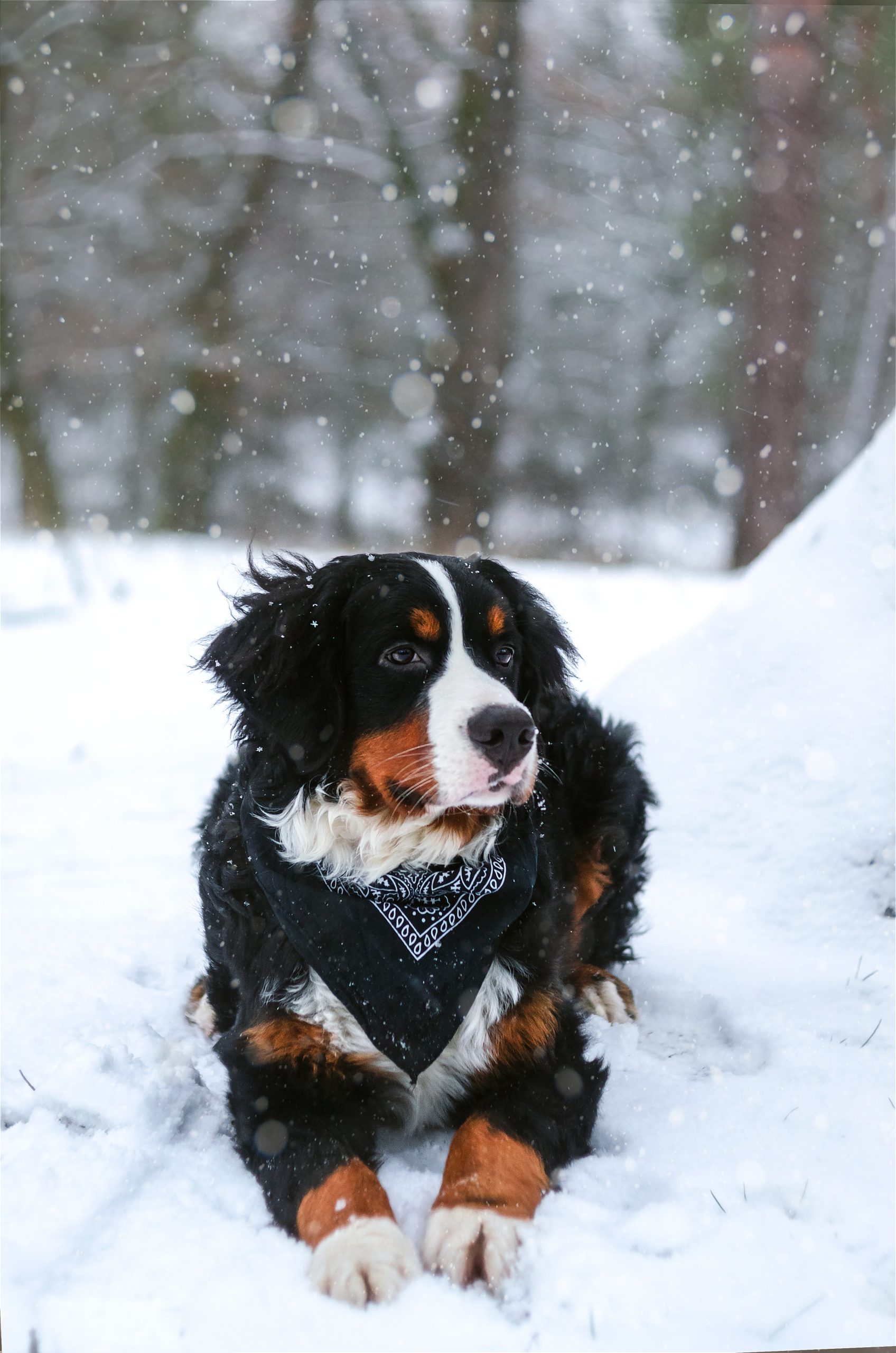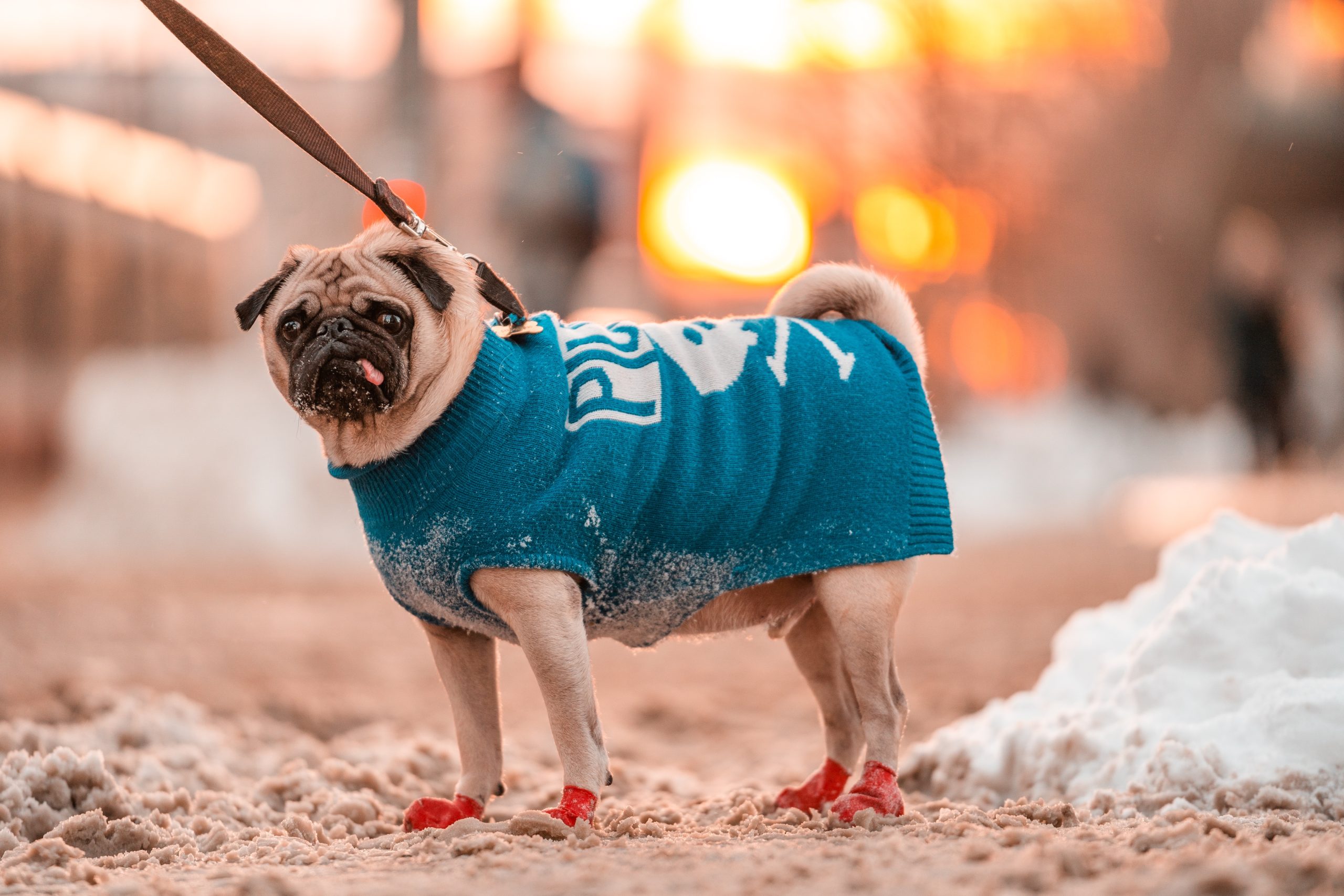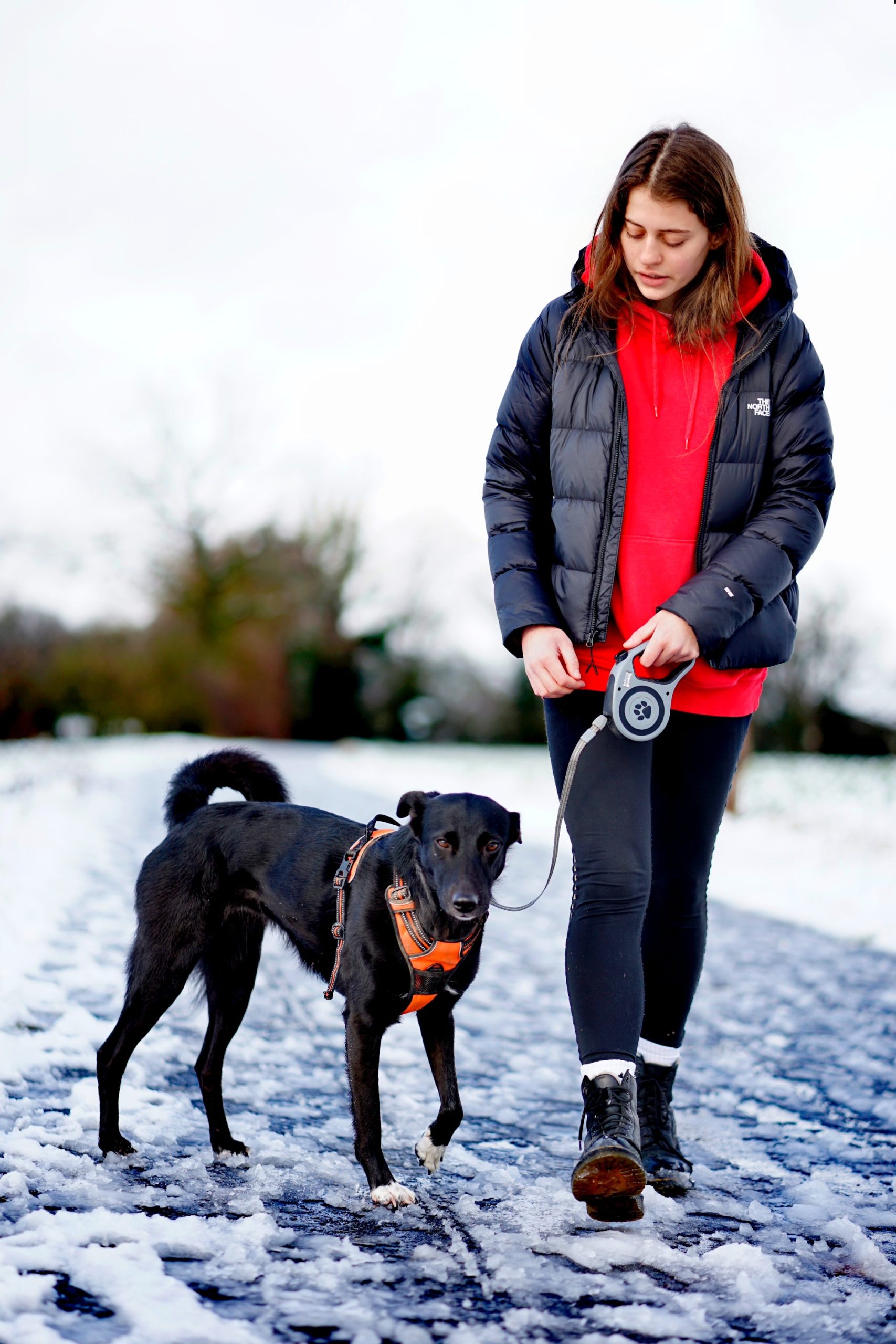Winter Paw Care: Keeping Your Dog Safe and Happy
Learn how to protect your dogs paws this winter by understanding the risks, implementing preventive measures, and providing aftercare and maintenance to ensure their well-being.
Importance of Protecting Your Dog’s Paws in Winter
The importance of protecting your dog’s paws in winter cannot be overstated. Your furry friend’s paw pads are vulnerable to a range of winter hazards, including snow, ice, and salt. These elements can lead to dryness, cracking, and irritation, causing discomfort and potential long-term damage if left untreated. For example, exposure to ice and snow can lead to frostbite, while salt and chemical residues on roads and sidewalks can cause irritation and injury to your dog’s paws.
Furthermore, neglecting paw protection can have a significant impact on your dog’s overall well-being and mobility. It is essential to understand that proactive paw care is not just about immediate comfort but also about preventing long-term issues. Just as we take care of our own hands and feet during the winter, it’s equally important to ensure your dog’s paws receive the necessary attention and protection to maintain their health and happiness. By taking proactive measures to safeguard your dog’s paws, you are contributing to their overall quality of life and reducing the risk of potential ailments and discomfort.
Understanding the Risks
During the winter, dog paws are vulnerable to various hazards that can lead to discomfort and injury if not properly addressed. For example, when dogs come into contact with snow, ice, and salt, their paws can suffer from dryness, cracking, and irritation, causing discomfort and potential long-term damage. Furthermore, the cold weather can pose more severe risks, such as frostbite, especially in extreme temperatures. The exposure to harmful chemicals like salt on roads and sidewalks can also lead to irritation and damage to the sensitive paw pads of dogs.
Apart from the physical discomfort, the potential long-term effects of neglecting paw protection in winter are considerable. Prolonged exposure to harsh weather conditions without proper paw care can lead to more serious issues, including chronic dryness, cracking, and even open wounds on the paw pads, which may require extensive treatment and recovery. This highlights the significance of proactive paw care for the overall well-being of dogs, as it can prevent not only immediate discomfort but also potential long-term health concerns related to their paws. Therefore, understanding these risks and taking appropriate measures to protect your dog’s paws during winter becomes crucial for their health and happiness.
Protecting Your Dog’s Paws
Protecting your dog’s paws during winter is crucial for their overall well-being. The vulnerability of dog paws to winter hazards cannot be overstated. Snow, ice, and salt can cause dryness, cracking, and irritation, leading to discomfort and potential long-term damage if neglected. Furthermore, winter weather poses additional risks such as frostbite and chemical exposure, making proactive paw care essential for your furry friend’s health and happiness.
For instance, exposure to road salt and chemical de-icers commonly used during the winter can lead to irritation and damage to your dog’s paws. This can result in redness, swelling, and even chemical burns, causing significant discomfort. It is important to keep your dog’s paws clean to prevent these issues, as salt and chemicals can be ingested during grooming, further exacerbating the problem.
In addition to these hazards, the cold temperatures can also lead to frostbite, especially on the paw pads. This can cause tissue damage, leading to pain and potential long-term issues if not addressed promptly. Therefore, it is imperative to take measures to protect your dog’s paws from these winter hazards to ensure their comfort and well-being. By utilizing winter booties, paw wax, and balms, you can provide insulation and protection, safeguarding your dog’s paws from the harsh effects of the cold weather [3]. Moreover, regular inspection and trimming of your dog’s paw pads and nails not only prevent discomfort but also reduce the risk of injury during winter activities.
Signs of Paw Damage and Treatment
Understanding the signs of paw damage in dogs is crucial for proactive care during winter months. Signs such as limping, redness, swelling, or excessive licking of the paws can indicate potential issues requiring attention. For example, if you notice your dog excessively licking or favoring a particular paw after a walk in the snow, it could be a sign of irritation or injury that needs to be addressed.
In cases of paw damage or suspected frostbite, covering the affected areas with a clean, dry cloth can help protect the paws from further exposure and provide a temporary barrier while seeking veterinary care. Additionally, seeking prompt veterinary attention is essential if you notice any persistent signs of discomfort or if the symptoms worsen. It’s important to remember that addressing paw damage promptly can contribute to better outcomes and prevent potential long-term issues.
Shortening walks during extremely cold weather is a proactive measure to reduce the risk of frostbite and additional damage to your dog’s paws. For instance, if you typically take your dog for extended walks during milder temperatures, adjusting the duration of the walks during colder days can help minimize the exposure to harsh winter conditions. This adjustment can significantly contribute to maintaining the overall well-being of your dog’s paws and ensuring their comfort and safety during the winter season.
Aftercare and Maintenance
After outdoor walks, it is crucial to prioritize the cleanliness and well-being of your dog’s paws to prevent any potential damage. Snow, ice, and salt can cause dryness, cracking, and irritation to your dog’s paws. For example, when your dog’s paws come into contact with salt on the ground, it can lead to discomfort and even chemical burns, making it essential to thoroughly clean their paws after each walk.
In addition to wiping off your dog’s paws to remove any salt or chemical residues, it’s beneficial to use warm water to rinse their paws and remove any hidden substances that could cause harm. This post-walk routine not only safeguards your dog from potential harm but also reduces the risk of them ingesting any harmful substances when they groom themselves. It’s a simple yet significant step in ensuring your dog’s paws remain healthy and free from irritation.
Moreover, offering your dog warm baths after outdoor excursions serves as a comforting and therapeutic practice. The warm water not only removes any ice buildup from their paws but also helps them relax and maintain their body temperature, especially after exposure to chilly conditions. This practice is particularly important for dogs who may have sensitive paws or those who are more susceptible to the cold. By incorporating these aftercare measures into your routine, you are actively contributing to the overall comfort and happiness of your furry companion during the winter season.
Conclusion
In conclusion, it is crucial to recognize the vulnerability of dog paws to winter hazards and the potential long-term damage caused by neglecting paw protection. The significance of proactive paw care for overall canine well-being cannot be overstated.
Understanding the risks associated with winter weather is the first step in protecting your dog’s paws. Snow, ice, and salt can cause dryness, cracking, and irritation, while frostbite and chemical exposure pose additional risks to dogs’ paws. These hazards can lead to discomfort, pain, and long-term damage if not addressed promptly. For example, the salt used to melt ice on sidewalks can cause chemical burns and irritation to a dog’s paw pads if left untreated, leading to discomfort and potential infection.
By implementing protective measures such as using winter booties, paw wax, and balms, dog owners can provide insulation and protection for their pet’s paws [3]. It’s important to assess and prepare your dog’s overall health before winter outings, inspect and trim their paw pads and nails, and keep their body warm with appropriate clothing and high-calorie food to maintain body temperature. These proactive steps can significantly reduce the risk of paw damage and discomfort during the winter months.




